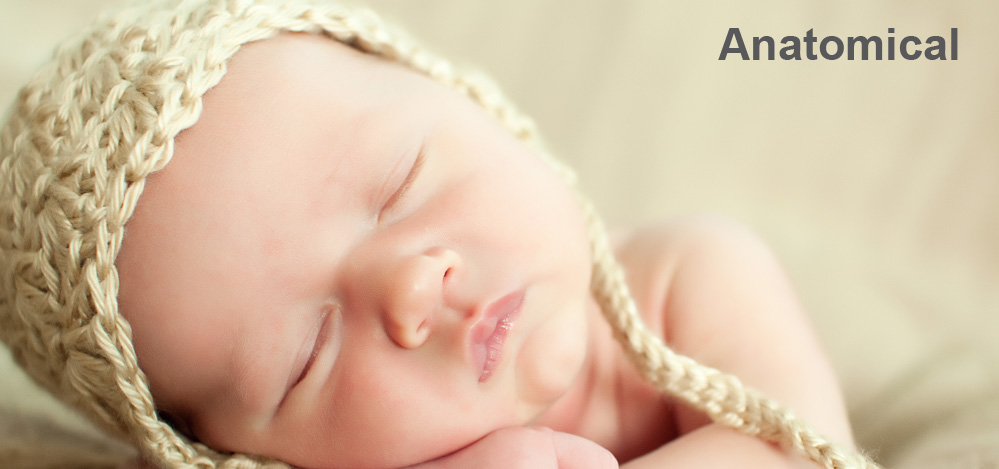
Analyzing your reproductive anatomy
For many patients the term “anatomical abnormality” can sound daunting. But it is not nearly as frightening as it sounds and, in most cases, is very treatable. Both men and women can be diagnosed with anatomical issues. For women, the most common is blockage of the fallopian tubes. For men, it is erectile dysfunction. But there are others as well, and there are many causes of these problems so it is important to diagnose the problem and identify the cause so treatment can be given. At this point, we would also like to emphasize that these are medical issues that can be experienced by anyone and that are usually treatable.
Female anatomical challenges:
- Blocked or damaged fallopian tubes
- Pelvic scar tissue from a prior surgery or pelvic infection
- Uterine anomalies present from birth
- Uterine polyps
- Uterine myomas or fibroid tumors
- Cervical obstruction or stenosis
Male anatomical challenges:
- Erectile dysfunction – the inability to achieve or maintain an erection. While it is possible to ejaculate without an erection, it is difficult to deposit sperm into the vagina effectively without an erection.
- Retrograde ejaculation – when the ejaculate flows backward into the bladder instead of leaving the penis.
- Undescended testicle – when a testicle has remained in the abdomen or inguinal canal instead of descending into the scrotum, it may not make sperm normally. About 3% of all male infants have this condition, and all such individuals should be considered for treatment by surgically or medically descending the testicle into the scrotum before puberty is completed.
- Varicocele – when a varicose vein forms in the scrotum it hinders sperm production by raising the temperature of the testicle. Scrotal varicocele then can produce infertility by adversely affecting production of normal sperm. In approximately 50% of scrotal varicocele patients, surgical correction may result in improving the quality of the sperm.



